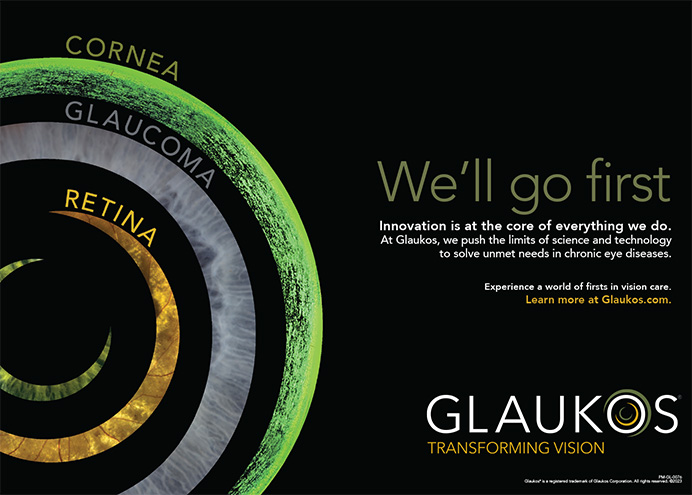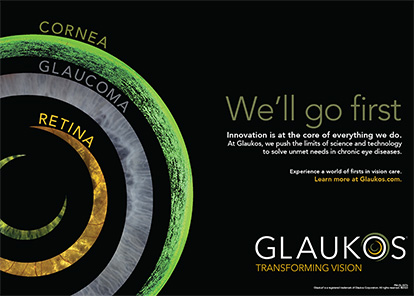During the Storm Eye/ASCRS Clinical Update 2007, held from May 31 to June 3, one of the hot topics of the corneal section was attempting to identify the risk factors for ectasia before LASIK. During this session, I conducted a written poll of the eight panelists for this discussion and discovered some interesting facts (Table 1). My interpretation of this small but important sampling is as follows. Keratoconus and corneal pellucid marginal degeneration are part of the same ectatic disease complex, but they have a different primary location (Figure 1). Nonetheless, these areas of thinning can overlap. If forme fruste keratoconus or forme fruste corneal pellucid marginal degeneration exists, either can cause the inferior cornea to be equal to or thinner than the central cornea. All of the experts agreed that this inferiorly thinning profile was abnormal.
This article shares some of my thoughts on forme fruste ectasia.
DEFINITION
I define forme fruste ectasia as a condition of the cornea that includes reduced corneal strength and corneal thinning (usually centrally or inferiorly) without irregular astigmatism. The term forme fruste keratoconus is a misnomer, primarily because the presence of even a small degree of irregular astigmatism generally indicates overt—albeit mild—keratoconus. By definition, forme fruste describes an existing medical condition that cannot be diagnosed directly. In this situation, we are trying to predict the presence of a weakened cornea by associating areas of stromal weakness with areas of abnormal pachymetry. Any cornea that develops manifest keratoconus or corneal pellucid marginal degeneration will become progressively thinner inferiorly and develop irregular corneal astigmatism.
CONTRAINDICATIONS TO LASIK
A key question is whether or not there is a significant correlation between a thin central cornea and an abnormal decrease in inferior pachymetry. If there is, then a thin central cornea alone would be a contraindication for LASIK. In the absence of a correlation, the inferior (7-mm optical zone) pachymetry alone remains important as a preoperative measurement.
I continue to believe that a preoperative central cornea of 500 µm is often abnormal and that the chance of ectasia after LASIK in these eyes is unacceptably high. Even an ultra-thin LASIK flap created with a laser could sufficiently weaken a cornea with forme fruste corneal ectasia to cause ectasia.
If corneal irregular astigmatism is present preoperatively, then the cornea is virtually always too weak to maintain a regular shape against the force of IOP after LASIK (Table 2 and Figure 2). Because further weakening of such a cornea with LASIK will actually increase the irregular astigmatism, I think performing the procedure is ill-advised in such a case.
Based upon my experience and my discussions with numerous corneal experts, I think that the presence of any of the following three preoperative factors should preclude LASIK:
- A central corneal pachymetry of less than 500 µm;
- A central/inferior pachymetry ratio (7-mm optical zone) of less than 1.00 (comparing the superior to the inferior pachymetry is not useful); and
- Any degree of unexplained irregular corneal astigmatism, usually inferior, on automated topography.
CONCLUSION
R. Doyle Stulting, MD, PhD, of the Emory Eye Center in Atlanta is conducting an extensive study that will correlate corneal pachymetry, other corneal factors, and LASIK outcomes. His research is sorely needed and may answer many questions about the risk factors for ectasia after LASIK. For now, given the known efficacy of PRK and the grave consequences of ectasia following LASIK, I recommend that surgeons not perform LASIK on corneas that have a central thickness of 500 µm or less preoperative irregular astigmatism.
Lee T. Nordan, MD, is a technology consultant for Vision Membrane Technologies, Inc., in San Diego. Dr. Nordan may be reached at (858) 487-9600; laserltn@aol.com.


